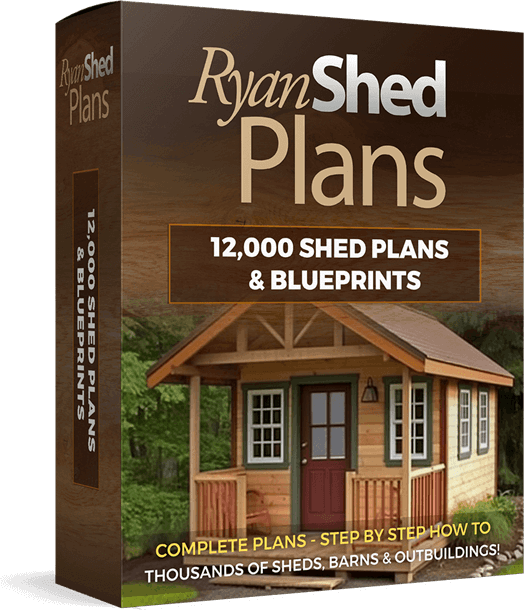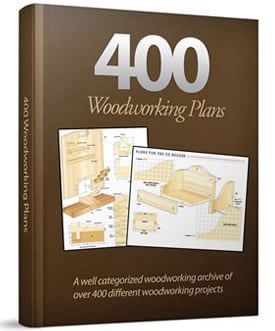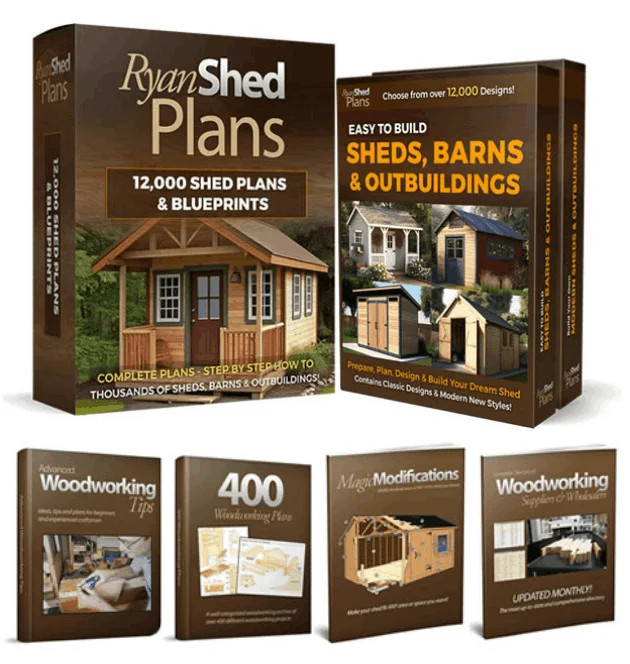How Engineering and Design Principles Make Shed-Building Successful.
Building a shed is more than just assembling wood and nails—it requires careful planning, precise measurements, and a solid understanding of construction principles.
My Shed Plans claims to simplify this process with over 12,000 woodworking blueprints, but what makes it truly effective? Let’s explore the engineering, physics, and design principles that contribute to successful shed construction.
Structural Engineering: Ensuring Stability and Durability
A well-built shed must withstand forces like gravity, wind, and snow loads without collapsing. The science behind My Shed Plans incorporates:
Load Distribution: Properly designed sheds distribute roof and wall weight evenly across the foundation, preventing sagging or structural failure.
Framing Techniques: Many plans use balloon framing or platform framing, both of which maximize strength while minimizing material use.
Wind Resistance: Secure anchoring, bracing, and strategically designed roofs help sheds withstand strong winds and prevent structural damage.
Material Science: Choosing the Right Components
The materials used in a shed impact its durability, insulation, and weather resistance. My Shed Plans provides detailed material lists that consider:
Wood Selection: Hardwoods like oak and cedar resist decay, while treated softwoods like pine are cost-effective but require sealing.
Fastening Methods: Galvanized nails, screws, and brackets enhance durability and prevent corrosion.
Roofing Science: The pitch (angle) of the shed roof is crucial for rainwater drainage and snow shedding—higher pitches help prevent leaks and structural strain.
Mathematical Precision: Achieving Accuracy in Construction
The effectiveness of any woodworking project depends on precise measurements and calculations. My Shed Plans follows key mathematical and geometric principles, such as:
Golden Ratio & Proportions: Many shed designs use the aesthetically pleasing Golden Ratio (1.618:1), ensuring visual balance and structural soundness.
Right Angles & Pythagorean Theorem: Proper squaring of the shed relies on the 3-4-5 rule (Pythagorean Theorem), ensuring perfectly aligned corners and walls.
Material Optimization: Accurate cutting lists minimize waste and unnecessary expenses, improving material efficiency.
Environmental & Energy Efficiency: Designing for Sustainability
A well-designed shed is not only strong but also energy-efficient and eco-friendly.
Many My Shed Plans designs incorporate:
Ventilation Principles: Ridge vents, soffit vents, and window placements improve airflow, preventing mold and wood rot.
Solar Efficiency: Some shed designs position windows to maximize natural light, reducing the need for artificial lighting.
Eco-Friendly Options: Plans include sustainable building materials, such as reclaimed wood and green roofing solutions.
The Psychology of DIY Learning: Making Construction Accessible
Beyond technical aspects, My Shed Plans uses psychological principles to make shed-building achievable for beginners:
Step-by-Step Progression: Instructions are broken down into manageable steps, reducing cognitive overload.
Visual Learning Aids: Blueprints, diagrams, and illustrations enhance spatial understanding.
Hands-On Learning: DIY projects engage both logical and creative thinking, building confidence and problem-solving skills.












